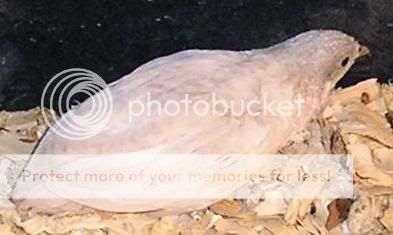Looks like some kind of splash, though I don't have any idea what colors are mixed in there. Plus they both look like boys


Follow along with the video below to see how to install our site as a web app on your home screen.
Note: This feature may not be available in some browsers.






